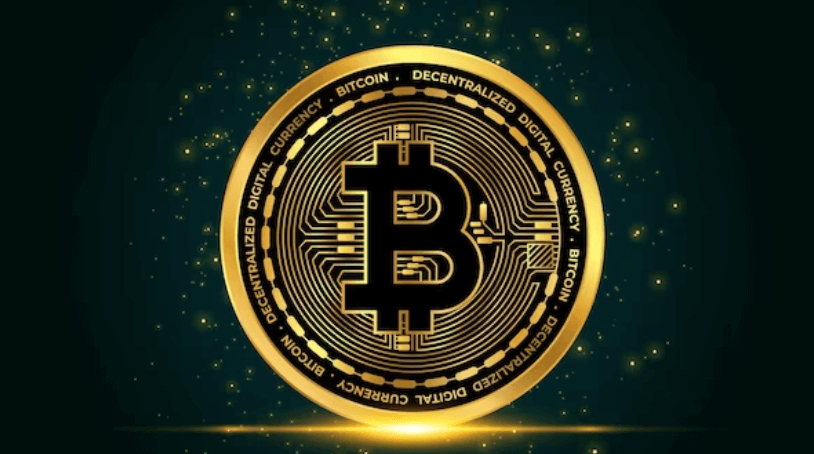TL;DR
- The next Bitcoin halving will likely occur in April 2024 and may impact cryptocurrency prices drastically.
- There has been a long-standing debate about whether these programmatically triggered events every four years are priced in.
Bitcoin Halving Likely to Happen in April 2024
With spot Bitcoin ETFs now live in the US, market watchers speculate about the next bullish event that’ll drive crypto gains.

Following the Security and Exchange Commission (SEC) approval, Bitcoin ETFs have outperformed overwhelmingly.
Generating the pluses and minuses of the crypto market influenced by their hype. Many analysts and traders hope the upcoming Bitcoin halving could catalyze crypto prices similarly.
The next Bitcoin halving event is likely to happen on 20th April 2024. Usually, Bitcoin releases fresh coins into circulation through miners.
These miners earn a reward every time they solve this. However, the network slashes their reward by half for every 210,000 blocks.
It’s the fourth halving—meaning the event will take place at a block height of 840,000. Once the blocks are released, the miners will simultaneously get a mining reward from 6.25 BTC to 3.125 BTC.
Currently, there are 12,510 blocks to go, and no precise date or time of when Bitcoin will reach block height.
Bitcoin Block Times are Regulated at Random
The economic logic behind bitcoin supply shock is quite confusing. It’s because the supply of new Bitcoins is continuously increasing for the next century or so.

Until all 21 million bitcoins are mined. Satoshi Nakamoto created the Bitcoin network to subsidize miners via these rewards to stimulate adoption.
He intended that, over time, transaction fees would grow large enough to sustain validation and network security.
Bitcoin’s network is built to ensure these blocks aren’t solved quickly, especially at times when there are many miners active on the network.
These miners would direct hash rate—a more computing power that solves blocks. A higher computing power means a higher probability of mining a block quickly.
If unchecked, the time between Bitcoin blocks would increase rapidly as more miners enter the network.
Market analysts believe that Bitcoin mining will grow more competitive after every halving. And may lead to knocking out the least efficient miners.
What Exactly Does this Mean for Bitcoin Price Predictions?
Bitcoin ETF approval may give some hindsight on what’s to come for the next Bitcoin hype cycle. Many market watchers believe that the listing of the new Bitcoin funds was a cue moment to sell.
Bitcoin dropped by about 20% after ETF approval and is currently trading at $42,406 on Jan 28, 2024.
However, it is too early to speculate whether Bitcoin ETFs will rake in billions of new dollars and investors, according to Coinshares mining report.
This prediction depends on the actual demand for Bitcoin. Meanwhile, the halving event is a supply-side narrative.
The Bitcoin (BTC) price may increase if the new coins released into circulation become constrained. This is if the use of the Bitcoin network is steady or increases.
More importantly, if the BTC price remains above $40,000, it could lower the reward for miners.
And since miners are the largest sellers of Bitcoin—reduced profitability could create selling pressure from that group.
Will the next Bitcoin halving event cause bullish markets that’ll drive crypto gains?







